|
Cyber this, cyber that! The term (cyber) is derived from "cybernetic," which comes from the Greek word κυβερνητικός meaning skilled in steering or governing. You will commonly see it used as a prefix in words (with or without a hyphen) such as cyber-space, cyber-crime, cyber attack, cyber-bullying, and cyber-terrorism. Not all "cyber-things" have negative connotations as the list above seems to insinuate, just look at all the joy the newfound cyber-holiday of "Cyber Monday" brings! A recent term of the "internet era," cyber is commonly used to describe policies and politics regarding computer systems and networks, as well as the greater information technology industry. Why there is even a term cyber-delic, a fusion between cultures of today (cyber-culture) and yesteryear (psychedelic). I was particularly interested in the official definition of cyber-space and found the following, (online of course): Cyberspace is the essence of interconnected technology. The term entered the popular culture from science fiction and the arts but is now used by technology strategists, security professionals, government, military and industry leaders and entrepreneurs to describe the domain of the global technology environment. Others consider cyberspace to be just a notional environment in which communication over computer networks occurs. The word became popular in the 1990s when the uses of the Internet, networking, and digital communication were all growing dramatically and the term "cyberspace" was able to represent the many new ideas and phenomena that were emerging.  Mount Olivet was a latecomer to the foray of cyberspace. We created our first business website in 2007. Five years later, the cemetery created a FaceBook page. Things were quite pedestrian at first—as few expect cutting edge content and graphic design from an historic cemetery web-page? Anyway, two years ago, in November, 2016, we revamped our website and started production of an internet-based blog entitled “Stories in Stone.” I guess you could call it our first step into "cyber-preservation." Weekly features are stored in cyberspace on the Mount Olivet website, while new features are promoted through the cemetery's Facebook page. Thanks to the internet, we have the ability to reach readers throughout the world. This novelty has allowed audience members to "reach" back as well, sharing with us stories, pictures and information about loved ones, ancestors and interesting people buried here in Frederick's Mount Olivet Cemetery.  For neophytes to our particular cyber-offerings, the "Stories in Stone" brand refers to illustrated essays about former Frederick residents buried within Mount Olivet’s gates. Yes, some of these individuals stand out for their unique achievements on local, state and national levels such as Francis Scott Key, Barbara Fritchie and Thomas Johnson, Jr. Others can be remembered for their misfortunes. All in all, most of those “resting in peace” here just lived simple, ordinary lives, and our written online pieces all end the same, with the main subject dying. I've generally been able to find a "silver lining" of some sort to highlight and mesh individuals and their lives with the context of Frederick, Maryland's rich heritage. Best of all, I have the opportunity to introduce (or reintroduce) these folks to our readers. Some may find these stories immediately after initial publishing, and countless others stumble upon them weeks, months, years later while conducting Google and Yahoo searches during family history research. This will continue to happen for years to come, something that makes the research and publishing task involved well worth the effort. This is true history preservation using cyber-tools and cyber technology to do —"cyber-preservation." "Old School" GPS With 40,000 former residents in our midst, roughly the same population as our state capital of Annapolis, I do pass countless grave sites without a thought, as their names are nothing more than “names in stone.” However, as I have found, they are much more than that. Grave markers, monuments, and tombstones are tributes to, and representations of, past lives. Each provides a tangible connection to the deceased. From a religious perspective, I’ve been taught that the spirit of our loved ones will always be with us, and are “watching from above.” However, these works in granite and marble are tangible, standing as a tribute to a life once lived, be it spectacular, tragic or common. Gravestones can bring a sense of reality and closure for some people. For others, they serve to keep the memory of that person eternal. These "stones" stand proof that a life was once lived, and associate it with a tangible geographical location within a large cemetery or memorial park, church graveyard or family burial ground on an ancestral farm or plantation. This is a lasting footprint.  Speaking of cyberspace and the internet, another innovation most of us take for granted is GPS, which is an acronym for the Global Positioning System. With help from a trusty Earth globe, we were taught the concept of longitude and latitude lines in grade school. Like many, I was fortunate enough to have a personal globe at home as well, kept on proud display on a shelf in my bedroom. To find a country anywhere in the world, one could first consult something called an encyclopedia, which would describe said country and gave coordinates allowing you to find the location on the globe or a World map. I credit my success in finding many specific locations thanks to hours spent mastering longitude and latitude while playing the Hasbro Battleship game with my brothers, but I digress. Today, globes and handheld maps are disappearing. Compasses were once the "smartphone" of their day for explorers and travelers, alike. Life in the cyber-world is made so much easier thanks to GPS. This space-based, radio-navigation system (owned by the US Government) can show the exact position of a person or thing using signals from satellites in space. The smartphone or car-based navigation/tracking devices utilize GPS technology and tell us where to go and how to get there. They also can tell us where we've been, and can get us back home or to familiar surroundings. This may be a stretch, but I see a great analogy here to cemeteries, and gravestones. Its almost as if we have "old school" GPS here in our midst. Grave sites and respective monuments, markers and plaques denote the people of our past. They are a part of us, good, bad or indifferent, and we can find our biologic, social and cultural markers in them. They are permanently anchored so to speak, and wherever future generations may roam on the globe, their gravesite coordinates remain steadfast and unwavering. Each and every day, I see individuals coming to Mount Olivet to plan and purchase monuments for themselves and loved ones who have passed. Some designs are playful, others are serious. Most can best be described as traditional. I also see people decorating and cleaning grave stones, especially this time of year. For a modest fee, we are happy to professionally clean monuments with non-evasive techniques. We are now in a position to embark on making high quality repairs and restoration efforts to vintage stones on our grounds. One month ago, it felt like Christmas in October as we hosted talented craftsmen and trainees associated with the Preservation Trades Network for a two-day session on gravestone restoration and preservation. This was part of the 22nd annual International Preservation Trades Workshop held here in Frederick in late October. Some of the best of the best grave monument-oriented craftspeople were on-hand here at the cemetery and taught the class through doing. Roughly 50 gravestones and monuments were the recipients of cleaning and delicate repair work. Most of the damage to these stones was simply the result of old age and weathering.  The Power of the Internet For as much sadness that I witness firsthand in my job, I see an equal amount of joyful remembrance for those who have passed. I also see family historians (from both the professional and amateur ranks) reveling in discoveries made through ancestral pilgrimages. Those "familial GPS coordinates" littering our grounds led them here to learn or experience more about their past, and themselves. I know genealogy is not for the faint of heart, but the cyber-innovations of Ancestry.com, FamilySearch.com, Fold3, Newspapers.com and FindaGrave.com have been godsends, allowing ease in time and effort in finding pertinent resources. The latter of the sites mentioned certainly drives my point home, as you can make a "virtual" visit to a gravestone in a cemetery anywhere in the world as long as its been documented by a FindaGrave volunteer. Here one can gaze upon the final resting place and stone of a long-lost ancestor. In some cases, you may also find exact GPS coordinates for headstones to boot. Last year we launched a companion "sister-website" entitled www.MountOlivetVets.com. This website has a similar mission to FindaGrave.com and is designed to contain memorial pages for the over 4,000 military veterans buried at Mount Olivet. Here you will find pictures of grave monuments and military-issued stones/markers and obituaries along with vital, personal and military record information. In some cases, we feature photographs of the deceased which allows users to put a face with a name, and so much more—a life. We just finished a first year phase of creating pages for 500 World War I vets. The site as a whole can best be described as "a work in progress," and will continually be added to. We humbly ask for the assistance of descendants, historians and friends to provide us with photographs and/or additional information of note. We also want to link to other sources of information regarding our vets, and the training and battles they participated in. The internet will continue to dictate the success and strength of this information resource for not only users, but us here at the cemetery as it additional info, scans of pictures and documents can do nothing but add to our preservation of the history of those buried here. Important for those family historians, Tombstone Tourists and heritage travelers of the future without a doubt. Some people go into cemeteries and simply see names and dates chiseled in stone. Many of us see much, much more. I continue to learn more about the lives of Mount Olivet’s residents through studying grave stones, researching our blog, collecting images and documenting stories told to me by visiting descendants (regarding their relatives). Our goal is to continue sharing this with you the reader and future generations.  Our Cyber-future In years to come, we hope to have have more online information about those buried here. At present, the best source is FindaGrave since our current cemetery data system isn't easily compatible with an online interface. We also hope one day to have GPS coordinates for all grave monuments so visitors can actually be led to grave sites by their smartphones, where they will have the opportunity to connect to database information which could include obituaries, photographs and even video of the decedents. I envision a Cyber Monday in the future in which customers may be able to engage in online "pre-planning," choosing their lots and niches, and designing monuments and plaques. Of course, the day would have to include special online pricing incentives:) More importantly in this cyber-centric era, I want to mention the online opportunity that exists now for charitable donating to our Mount Olivet Preservation and Enhancement Fund (MOCPEF) on Giving Tuesday, or anytime throughout the year. A formal partnership was formed last November with the Community Foundation of Frederick County, our fiduciary overseer for the fund. Many people are well aware of Giving Tuesday, also stylized as #Giving Tuesday for internet social networking purposes. This event, occurring on the Tuesday following Thanksgiving, celebrates its 6th anniversary this week, as it began back in 2012 by the 92nd Street Y in New York City along with the United Nations Foundation. It's a “tongue in cheek” response to the post Thanksgiving commercialization of Black Friday and Cyber Monday has steadily been growing in popularity, now firmly established as an international day of giving at the beginning of the holiday season. Over $60 million was raised last year on this day. For over a decade, the Mount Olivet Board of Directors had entertained the idea of establishing a preservation-themed fund with the Community Foundation. The idea was first pitched, and championed by the late Colleen Remsberg, longtime Board member and immediate past president. Ms. Remsberg passed away last May, but not before she saw the Mount Olivet Preservation and Enhancement Fund become an IRS accredited 501(c)(3) public charity in 2017. The mission reads as follows: The mission of the Mount Olivet Cemetery Preservation and Enhancement Fund is to assist in the conservation of the natural beauty and historic integrity of Mount Olivet Cemetery and to increase public knowledge and appreciation of its unique, cultural, historic, and natural resources through charitable and educational programs.  Putting this in layman’s terms, we continue taking steps to preserve the history of this great “garden cemetery,” a community institution since the 1850’s. In doing so, we want to safeguard the cemetery’s historic records, structures and grave monuments herein. We have taken a bit of a head start as can be exemplified by the fore-mentioned “Stories in Stone” articles and MountOlivetvets.com website, along with public lectures and our recent World War I commemorative events held last month. In addition, we plan on launching a Friends (of Mount Olivet) group in 2019 and expand upon activities and product development including cemetery walking tours, visitor assistance with genealogy and family history, special events and anniversaries, educational partnerships such as school field trips, interpretive historic wayside displays and unique commemorative plantings. Best of all, we will have the opportunity, and more so the financial support, to clean, preserve and repair broken and illegible gravestones and monuments in the cemetery’s historic section. We appreciate any assistance you can give, be it monetary, or simply volunteering family information and photograph scans of relatives interred here. Please click the Community Foundation link below to contribute to our preservation fund, or drop me a line (via the internet or phone) here at the cemetery to learn more about how you can help preserve this amazing outdoor and virtual museum of Frederick's history.
0 Comments
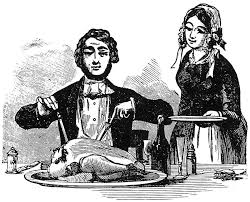 Many people declare Thanksgiving as their favorite holiday. I know this isn’t the case with everyone, as there are plenty of anxious people hoping to slug through another holiday with relatives “not of their choosing.” But for most of us, we find ourselves very fortunate to be surrounded by people that mean a great deal…so much so, we can easily declare that we are sincerely thankful for them. And that’s what Thanksgiving is all about, not to mention sharing, or sampling, the finest meal of the year. When you look up the meaning of family in a dictionary, the definition is usually something along the lines of “a social group consisting of parents and children – usually living in the same household.’’ That’s okay, but family can be extended to more than just parents, siblings, and children. Thanksgiving can include aunts, uncles, cousins, boyfriends, girlfriends, and any individual friend or acquaintance that you would deem closeness to. Not to get overly dramatic or “sing-songy”, but let’s just say our family consists of people we love to know, and those we know to love—simply put, people we are thankful for. Since you can’t accommodate, or invite, everyone you care about to the traditional Thanksgiving dinner, its meaningful to at least have a sample of that caliber of friends/family. To revisit the original premise, I pity the poor folks that have to spend this awesome holiday, and like meal, with people with whom their lives would be perfectly complete without. Many people interred in our cemetery will surely be missed at the Thanksgiving table once again this year. Spouses, parents, siblings, children, grandparents—the list is vast. In addition, I sense that there are so many people here that would make excellent dinner guests and conversationalists, irregardless of whether they are relatives or not. That said, I’m reminded once again of the fact that there are plenty of amazing people here that I wish I had the chance to meet. On this particular Thanksgiving, one individual seems to stand out, prompting me to compile this particular “Story in Stone” article. A descendant of hers helped to “jump start” my interest a few years back. She shared the fact that her ancestor had given the world a very special keepsake of her life—one that speaks volumes of her love and admiration of family. Her name was Hester Ann Posey. A few years back, a nice lady named Donna Bertrand stopped in my office one day, as so many people do, week in and week out. She was performing research on her “family tree” and asked if I could help her find a few grave sites in the cemetery. One of these locations was that of was Hester Ann Posey, Donna’s GGGG spinster aunt who was born a few days after Christmas in the year 1822. Donna was proud of the fact that she had come across this particular family heirloom which she didn’t know existed at the outset. It was almost as if this family became frozen in time. It was a truly unique, primary resource which showed all members of Hester’s family and their respective birth dates. No, this wasn’t a family bible, but something a bit more artistic and creative—as Hester had embroidered this information as part of a sampler, completed in 1837 when Hester was 15 years of age. Donna, did not have the sampler on hand, but shared an image with me. The original sampler is part of the priceless collection of National Museum of American History of the Smithsonian Institution just down the road in Washington, DC. You will likely notice that Hester utilized an archaic variant of letter “s,” in her handiwork. This actually looks like a lowercase letter “f,” and was often found in Colonial times and referred to as the long, medial or descending “s.” Here is some information that the Smithsonian has compiled on Hester’s vintage piece within their extensive collection: Below family record, pyramidal monument (memorial to deceased sister) flanked by rosebushes and butterflies, under weeping willow tree, on ground-line worked in "crinkled" silk. To left of monument, verse in square outline, all lettering black. Border of geometric flowering vine on all four sides. Silk embroidery thread on linen ground. STITCHES: cross, crosslet, satin, stem. THREAD COUNT: warp 28, weft 31/in. Inscriptions: "A Family Reccord Nathaniel and Margaret Posey The Parent's of those Children Sophia Maria Posey born Oct 8th 1813 Fredrick Jerome Posey born Feb 28 1815 Margaret Posey born Dec 19th 1816 John Pitts Posey born Oct 12 1818 Mary Jane Posey born Dec 3d 1820 Hester Ann Posey born Dec 28 1822 Nathaniel Boliver Posey born April 11 1827 Henry Clay Posey born Aug 14 1829" To left of monument in square: "Weep not my frien ds. As you pass by. as you are now. so once Was I. as I am now. So you must be. prepare to meet me in Eternity." 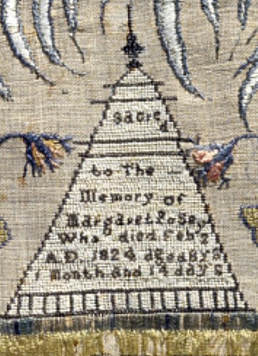 Embroidered on the monument are the following words: "sacred to The - Memory of Margaret Posey Who died Feb 2 A.D. 1824 aged 8 YS 1 Month and 14 days” Below monument: "Hester Ann Posey’s Sampler, Finished in the 15th year of her age. A.D. 1837." 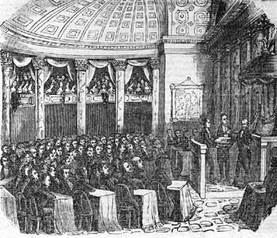 Inauguration of President Van Buren Inauguration of President Van Buren I set out to find some interesting happenings representing the time Hester worked on her beautiful silk, embroidered sampler. On the local level, our town diarist Jacob Engelbrecht had just turned 40 years-old, and seemed to be consumed with the usual: politics, townspeople dying and the fall’s sauerkraut yield. Nationally, Martin Van Buren took over the White House from Andrew Jackson to become our 8th US president. In fact, he was sworn into office by the Chief Justice of the United States Supreme Court, a former Frederick resident serving in his second year of office—Roger Brooke Taney.  John Greenleaf Whittier (1807-1892) John Greenleaf Whittier (1807-1892) Meanwhile overseas, Queen Victoria ascended to the throne of England starting a new era of enlightenment and Louis Daguerre developed his first daguerreotype. Back home, Chicago and Houston are granted city charters, and a guy named john Greenleaf Whittier has his first book of poetry published, entitled: Poems Written During the Progress of the Abolition Question in the United States. He would put Frederick on the map just over 25 years later with a poem written about a Frederick woman who dared to wave the “Stars & Stripes” in the face of Gen. Stonewall Jackson and his Confederate Army—well allegedly. The famed Barbara Fritchie’s gravesite is only a couple hundred yards away from Hester’s final resting place here at Mount Olivet. Hester Ann Posey was born in Baltimore, the daughter of Nathaniel Posey and wife Margaret Kemp, the latter hailing from the Rocky Springs area just north of Frederick. Margaret’s father was Rev. John Peter Kemp who is considered a founding member of the United Brethren in Christ Church. Her childhood home was considered the “Bethlehem” of the religion. We covered a great deal about the Kemp family in a recent story about Dr. William Waters. Many Kemps can be found in Mount Olivet, and several more inhabit the ancestral grounds, buried within the Rocky Springs Cemetery.  An 1813 advertisement for Nathaniel Posey's hat shop in the Hagerstown newspaper An 1813 advertisement for Nathaniel Posey's hat shop in the Hagerstown newspaper Nathaniel Peter Posey is said to have hailed from Alexandria, Virginia, born around 1790. Here’s where Donna had hit a genealogical brick wall. A great deal of Poseys lived in the Charles County area dating back to Maryland’s founding. It’s not certain if Nathaniel came from this family or an early “pocket full of Poseys” located in North Carolina. Information was scarce as he died on March 14th, 1840 at the age of 52 and is buried in Baltimore’s venerable Mount Olivet Cemetery. I found references to Nathaniel getting married in Frederick in October, 1812 and less than two years later, serving as a first lieutenant in a militia company from Hagerstown in the war of 1812. Apparently, Nathaniel had set up shop as a hatter in Washington County’s largest town. By 1820, Posey had his young family living in Baltimore’s 4th Ward. A later address for the family can be found within Charm City’s 12th Ward, on the corner of Franklin and Cove streets. In the last years of his life, I found Mr. Posey working as a bailiff/police officer for the 12th Ward, an elected position he won successfully numerous times. Even though it wasn’t yet declared a national holiday until the 1860’s, imagine Thanksgiving with the Posey family from Hester’s perspective. I put a little research into each member of Hester’s immediate family—the ten captured for posterity on the sampler’s face. Through the textile, Hester tells us that sister Margaret has died at the age of eight in early 1824. She is buried in the same grave lot as her father in Baltimore’s Mount Olivet, not that of Frederick. I decided to "carve up" the sampler and explore what became of the individual family members. Oldest sister Sophia Maria Posey (b. 1813) married in 1832 a gentleman named Bernard Armand Courtois, a French émigré from Paris who had come to Baltimore. Apparently, Sophia was an accomplished dressmaker, and city directory listings seem to echo this fact. Her husband was a distiller, perhaps this was a contributing factor to his premature death in 1843. Frederick Jerome Posey (1815-1881) married a Baltimore girl named Elizabeth McCardell and relocated back to Hagerstown in 1836 where he worked as a silversmith, jeweler, watch and clock-maker. Later in life he served as a director of Hagerstown Bank and also was a director of the Hagerstown Gas Company. John Pitts Posey (1818-1894) was mentioned in the Sun newspaper of June 12, 1846 as a member of the Chesapeake Rifleman of Baltimore, a volunteer militia group that headed west to do battle with Mexican forces in the Mexican-American War. He made it back okay and continued militia work and “putting out fires” with local fire companies in Baltimore. He married a lady named Margaret Eugenia Martin, and together farmed and operated a popular boarding house on Lake Roland named “Brightside.” Mary Jane Posey (1820-1896) married a carpenter by the name of John Foreman. She can be found living in Baltimore as a widow in the 1880’s up through her death in 1896. She and John are buried in Baltimore’s Mount Olivet Cemetery. Nathaniel Bolivar Posey (1827-1912) would change the order of his name to Bolivar Nathaniel. Like his brother Frederick, B. N. would marry in Washington County (Adaline Darlymple) and live in Hagerstown. However, he would head to York, Pennsylvania and then back to Baltimore and found living on St. Paul Place during the American Civil War, employed by the railroad. Around 1880, he headed back north of the Mason-Dixon Line and would live the rest of his life in Carlisle, then Pittsburgh, working as a railroad agent, and as a hotel clerk. Henry Clay Posey (1829-1856) also took up a profession with the railroad. Henry was a transportation and freight agent for the B&O in Frederick for five years beginning in 1851. He lived on W. 3rd Street and is listed among the vendors involved with the building of the All Saints Protestant Episcopal Church on W. Church Street during that period. Sadly, he died at the age of 26 in early December, 1856. So what became of Hester? Well, she lived the great balance of her life right here in downtown Frederick. I hypothesize that the family came to Frederick after Nathaniel’s death sometime in the 1840’s. Hester, her mother Margaret, and widowed older sister, Sophia, appear here in the 1850 US Census. As a matter of fact, they seem to have had charge in running the All Saints’ Episcopal Free School on E. Church Street on the SE corner at Middle Alley. This location is across the alley from the former mansion of Dr. John Baltzell, later to be owned by George B. Hanson. This entity, operated by the local Protestant Episcopal congregation, had been in existence since 1833, and was also known as the School of Industry. Here at this free school for orphaned girls, students were taught to read, write and sew. A few years later in 1837, the entity would take the moniker of All Saints’ Orphanage after the All Saints’ Sewing Circle applied to the state legislature to incorporate an Orphans’ Home. In 1839, a new building was erected for meeting the purpose. Decades later, the Loats Orphanage Asylum would be centered in the mansion structure across the alley, after being purchased in 1871 by one of Mount Olivet’s founders, Mr. John B. Loats. Seventy-eight years later, this entity would end its run as an orphanage and become the new home for the Historical Society of Frederick County, (better known today as Heritage Frederick) who would leave their original headquarters at the Stephen Steiner house at the corner of W. Patrick and Jefferson streets. Back to the 1850 census, at 25 years of age, Hester Posey is listed as a teacher at the Orphanage, as is sister, Sophia. Sophia’s two children (Clementine and Theodore) are among the 12 orphans listed by the enumerator at this time. Margaret Posey, Hester’s mother, would die the following January of 1851. She was not brought back to Baltimore to be buried with her husband. Instead, she was laid to rest somewhere in Frederick (likely All Saints' Graveyard along Carroll Creek or even the Rocky Springs burial ground of the Kemps). Our cemetery records show that she would be re-interred here in 1857. This came as a consequence of Henry Clay Posey’s death in 1856. Mother and son are buried together under one monument in Area E/Lot 129. An interesting advertisement appears in the Frederick Examiner newspaper throughout the month of November, 1857. Hester Posey put out a call for young ladies interested in entering the dress and cloak-making business, and soon commenced with her small manufactory. This is said to have been located near N. Market and 4th streets. Another great vintage newspaper find comes in 1860, as Hester’s name is listed among a “who’s who” list of prominent townspeople giving testimonial for a new sewing machine line carried by George Tyler at his store on Market Street. I find it interesting that the advertisement uses the line “every kind of Family Sewing.” Hester’s talents must have been known near and far for such a mention in print. Sophia (Posey) Courtois went back to Baltimore and would reside with her grown children. Hester seems to continue teaching in the employ of the orphanage for another decade or so until 1880, where she is living alone and listed in the census as a housekeeper. It suddenly seems like a lonely existence for Hester, now in her late 50’s. This woman was surrounded by family back in 1837 as embodied and embroidered on her sampler. Now she was truly an orphan herself, or so it seems. Thanksgiving was now an official holiday thanks to Abraham Lincoln, but gone were her parents and half of her siblings. The other half were quite spread out. She had never married, and had no children of her own. I hope that Hester met up with siblings or was “rich” with friends, but one never knows. Without a census from 1890, I’m not sure of Hester’s home for a decade. However, I know exactly where she likely spent Thanksgiving of 1892. This is due to the fact that her whereabouts are on “Record,” both literally and figuratively. In October 1892, Hester Ann Posey followed Ms. Margaret M. Delaplaine (widow of George Washington Delaplaine) as the first two inhabitants of the newly formed Record Street Home for the Aged. This was located at 115 Record Street adjacent the Frederick County Courthouse, where Roger Brooke Taney and brother in law Francis Scott Key began their illustrious law careers roughly two decades before Hester’s 1822 birth. The Record Street Home was very selective as residents had to be: “persons of respectable parentage and good character, who in advanced age, by reason of the death of their natural protectors, by loss of fortune, by physical infirmity, or other inability to care for themselves, are unprovided with the means of obtaining the comfort and security so necessary for the repose of mind and body which should ever attend the declining years of life.” The handsome, three-story, brick, Greek Revival house would be “home” for Hester Ann Posey over the next 25 years. I’m sure she made it even “homier” for those ladies who eventually took up residence. Hester likely completed plenty more works of embroidery, and enjoyed many more Thanksgivings in the company of her newfound family. Hester died at the age of 93 on November 7th, 1916. News of her passing made the front page, stating that Frederick City’s oldest female resident was gone. The Baltimore Sun also alerted readers of the noble seamstress' death. This was just a few weeks shy of another Thanksgiving. I’m sure she was with the other ladies in spirit at the Record Street Home that proceeding holiday, and the several that followed. I hope she is with you as well this Thanksgiving.
What I admire the most about Hester Ann Posey is her quiet work as a documentarian, through her teachings, stories and stitching needle, and that makes us kindred spirits. I’d like to conclude with a heartfelt and happy holiday wish to you and yours—thanks for your continued support of Mount Olivet’s historic preservation pursuits.  WWII vet SSGT Edwin A. Haugh, Sr. (Grandfather of author) WWII vet SSGT Edwin A. Haugh, Sr. (Grandfather of author) As we recently commemorated another Veterans Day, there was special cause to remember the local men and women who served in World War I. This was due to the fact that November 11th, 2018 actually marked the 100th anniversary of the signing of the Allied Armistice, a document that drew to a close the fore-mentioned “Great War.” For my generation (X marks the spot), World War I was eclipsed in importance by World War II. Perhaps it’s because many of us could relate to the latter "world conflict" better, having grandfathers who served on the frontlines and grandmothers that could have served as nurses, or worked for the war effort in some way, shape of form. Our parents could relay to us their memories as children of World War II, and we were immersed with references in pop culture during our own childhoods. World War II’s staying power can also be credited to the “Romanticism” attached to World War II, something that is usually said for the American Civil War. Both wars (Civil and WWII) featured very memorable and colorful characters amidst legendary military events. In WWII these included Pearl Harbor, D-Day/ Normandy, the Battle of the Bulge, Midway, Remagen Bridge, Bastogne, and Iwo Jima to name a few—the names themselves evoke vivid imagery unto themselves. This is so much more the case than the place names of WWI: Meuse-Argonne, St. Mihiel, Marne, Montfaucon and Aisne. Paratrooper drops, beach landings and dramatic flag-raisings also seem to lend themselves much better to Hollywood than trench warfare, ground-gain stalemates, and use of flamethrowers and mustard gas between combatants. As a kid, all I could tell you about World War I was a famous battle happened at a place called Verdun and the Red Baron dominated the skies, regardless of what Snoopy and the Sopwith Camel would have you believe in the Charlie Brown/Peanuts cartoons of the 1960's and 1970's. As I continue to learn more about World War I, it seemed to unfold as if screenwriters were already busy at work on Part II. Like most films of a multi-part genre, a common set of characters is paramount in attracting audiences. Interestingly, most of our commanders in World War II had played roles in World War I. The senior officers in the latter conflict had, in many cases, experienced battle first hand as soldiers or junior officers in World War I. A few examples illustrate this point easily, such as President Franklin D. Roosevelt, who served as Assistant Secretary of the Navy in WW1.  A fascinating photo in the National Archives showing then Asst. Secretary of the Navy Franklin D. Roosevelt at the Brooklyn Naval Yard attending the keel laying ceremony for U.S.S. Battleship No. 39 in March, 1914. The irony here is that when completed, this famed naval vessel would be given the proper name U.S.S. Arizona. This ship would be destroyed in the Japanese attack on Pearl Harbor (July 7th, 1941) propelling President Roosevelt to declare war, thus entering the US into World War II.  Lt. Col. Patton Lt. Col. Patton General Dwight Eisenhower served as Supreme Allied Commander in Europe during WWII, but didn’t make it out of the states during World War I. In early 1917, Eisenhower was given command of Camp Colt, Pennsylvania, a post of the newly formed Tank Corps of the National Army. He was promoted to major in April, 1917 and was elevated to lieutenant colonel in October. Ike would be ordered the same month to embark on November 18th with Camp Colt tanks and tank operators for combat service in France. With the deployment made unnecessary by the November 11th armistice, Eisenhower was instead transferred to Camp Dix, NJ. Speaking of tanks, George S. Patton was a lieutenant colonel and oversaw a small tank battalion in Europe during the “Great War.” A fellow lieutenant colonel was George C. Marshall, then an aide to Gen. John J. Pershing (commander of the Allied Expeditionary Force in Europe). He rose through the US Army ranks to become Chief of Staff under presidents Franklin D. Roosevelt and Harry S. Truman (another WWI veteran—Captain, Battery D, 129th Field Artillery, 35th Division). Marshall would eventually serve as Secretary of State and Secretary of Defense under Truman. The famed Marshall Plan, which takes his name, was an American initiative to aid Western Europe, in which the United States gave over $12 billion in economic assistance to help rebuild Western European economies after the end of World War II. 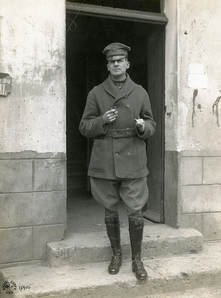 Brig. Gen. MacArthur Brig. Gen. MacArthur Douglas MacArthur was a Brigadier General in World War I, commander of the 42nd Infantry, also known as “the Rainbow Division.” This outfit included the 150th Field Artillery, of whom our own Frederick war hero, Earlston Lilburn Hargett (1892-1918), belonged. Hargett served in the rank of 1st Lieutenant and would die from wounds suffered on September 30th, 1918. Likely unknown to MacArthur at the time was another Frederick boy who also have a hand in commanding a field artillery group in France. This was Allan C. McBride (1885-1944). McBride would be assigned to serve as one of MacArthur's future brigadier generals and chiefs of staff in the Pacific Theater of WWII. He was Chief of Staff for the Phillipines at the time of Japan’s invasion and became a participant in the Bataan Death March and would die in a Japanese POW camp. Another important veteran of both wars, possessing a unique tie to Frederick, was Henry “Hap” Arnold. Arnold holds the unique distinction of becoming the first visitor to Frederick, coming via airplane. Arnold busied himself in the years leading up to World War I with promoting the military’s use of “aeroplanes," and in the process, overcame his own fear of flying. Frederick is part of his success story as "Hap" Arnold made the first aerial flight over Frederick in August, 1911. He had taken off from Camp Myer (VA) and landed his winged machine, designed by Wilbur Wright, at a makeshift airfield northwest of town—the future home of Camp Detrick, later to receive "fort" status.  Capt. H. H. Arnold Capt. H. H. Arnold When the United States entered the war in April 1917, Arnold asked for assignment to France but was told he was needed for duty at Army headquarters, where he was overseeing the expansion of what was then known as the “air service.” By August 1917, he became the youngest full colonel in the Army. He likely inspired, and possibly interacted with, our first home-grown military aviator in 1st Lt. John Reading Schley (b. 1894). Sadly, Schley died during a training mission in Issoudun, France on October 22nd, 1918, just 20 days before the end of the war. By the beginning of World War II, Arnold was head of the Army Air Corps. He was promoted to a five-star "General of the Army." After the war, when the U.S. Air Force was created, Arnold was given the rank "General of the Air Force."  Hitler Hitler I can’t tell you much about the belligerents in World War II, but the biggest of them all, Adolph Hitler, served in World War I, and had quite a varied experience from 1914-1918. Hitler served as a Gefreiter (lance corporal) in the Bavarian Army.  Maj. Gen. Ely Maj. Gen. Ely 25 Years So I spent the last year building a new website, www.MountOlivetVets.com. I made memorial pages for 500 former Frederick residents who participated under some of the legendary men mentioned above. When doing my research on Frederick and World War I, I was taken by an article I found in the pages of the Frederick News, dated November 12th, 1923. This was the fifth anniversary of the signing of the Armistice of 1918, and for the occasion, the Francis Scott Key Post 11 of the American Legion had arranged a special commemorative program at the Frederick City Opera House. The Legion was assisted by a host of local religious leaders, and had a twofold purpose for this event. The first objective was to pay honor to those local boys who fell in the late war, and second, was to present a pertinent message on the value of preparedness in warfare and at home. The keynote speaker on this day was Major-General Hanson E. Ely (1867-1958). Ely served in several conflicts, including the Spanish–American War and World War I, receiving the Distinguished Service Medal and numerous other awards for his role in both. Ely served as the Provost-Marshal of the American Expeditionary Forces of World War I, and at different times commanded the 20th, 2nd and 5th infantry regiments. After the war, Hanson Ely would receive a promotion to major general (1923), and became the commandant of the United States Army War College in Carlisle (PA), a position he served in until 1927. Maj. Gen. Ely told the extensive crowd gathered in Frederick that day that “it was idle to talk of the permanent peace" and predicted another major war in twenty-five years (after the last one). This was an astounding, and eerie proclamation, made all the more pertinent because he was right! We would declare war again in 1941—18 years after this Frederick meeting, and 23 years after the end of World War I. Of the World War I veterans documented here in Mount Olivet, we have about a dozen that served again in World War II in some capacity. One local man, among the 4,000 buried in Mount Olivet, truly deserves credit for shaping Frederick boys into competent, military personnel. He primarily did this as part of Company A of the Maryland National Guard over the first two decades of the century. He would continue to lead as a captain during the Great War, escorting his troops across the Atlantic to France. After the war he kept active with the National Guard, but eventually would be appointed to important state posts, and the highest offices of his hometown’s municipal government. He would serve again in World War II, overseeing a famed military installation in Virginia. This, a decade after dealing rather skillfully with a unique "army" of disgruntled veterans who had come to Frederick. This gentleman lead by example, and was described as “one of the humblest and modest local leaders Frederick has ever had.” He was loved by his soldiers, and the sentiment seemed to carry over to Frederick’s civilian population for the balance of a life which came to a close just two days after our country swelled with patriotic pride in celebrating the bicentennial of the signing of the Declaration of Independence on July 4th, 1976. A Born Fighting Man Elmer Floyd Munshower was born in Frederick County on September 1st, 1885, the son of William T. Munshower and Amanda S. Routzahn. Described as “tall, blonde, modest and unassuming,” Elmer was the oldest of three children and educated in the county’s public school system. His father was a butcher and his mother a dress-maker. During his teenage years, he played sports of all kinds, hunted regularly and managed a farm named Bellview near Frederick.  1929 advertisement 1929 advertisement After one year as a painter, Elmer switched gears and entered into the vocation of electrician with his brother Clarence and another gentleman named L. A. Woodward. The trio worked under the moniker of the Frederick Electrical Engineering Company, later to change to Woodward and Munshower, and finally, Munshower Electric Company. Elmer was a "powerful" figure from the get-go. During his many years in the electrical business, major achievements included the first installation of fire alarms in a number of Frederick’s banks, and the illumination of the “town clock” within Trinity Church’s spire. This latter feat is said to have made history by being the first of its kind in the east part of our country. Elmer also introduced the first metallic electrical conduits, and equipped the electrical apparatus in the first moving picture theater in Frederick.
Company A was mustered out of federal service in 1919 following the end of World War I. Elmer would marry Miss Nellie Stratton in Philadelphia later that year and the newlyweds returned to Frederick and took up residence in Munshower’s childhood home located at 271 W. Patrick St. It wasn't long before he re-enlisted in the service and went about the business of reorganizing Company A. Elmer continued his leadership role, again commanding the locally based outfit until finally accepting the promotion to major. Now he would serve as executive officer of the 1st Battalion, Maryland National Guard. Elmer and Amanda welcomed a daughter into the family in September, 1923. They would name her Beulah. As if family life wasn't enough to occupy Elmer Munshower in addition to his already busy professional and military life, he decided he could serve his community to an even greater extent. Mr. Mayor Munshower had made his mark on many Frederick citizens through Company A, and now the time came for him to do the same on his hometown through politics. Elmer was elected to the Frederick Board of Alderman in 1925 and again for a second consecutive term in 1928. In 1931, he decided to run for city mayor against three-term juggernaut Lloyd C. Culler—and won. Munshower was just the second Republican to hold this post in 30 years. He served more out of a labor of love for his hometown and fellow citizens because the position came with a salary of $600/year, a fraction of what he could make through his successful electrical business. Speaking of electricity, Elmer used his new, elected position to look out for the municipality's public lights which apparently had come under attack in late 1931. One of the highlights of his mayoral term occurred in the summer of 1932 and involved an army of angry veterans. Munshower’s diplomatic skills went on full display as he quelled the “Bonus Army” upon their short stay in Frederick. In the midst of the Great Depression, WWI veterans, known as the “Bonus Army,” had come to Washington to lobby Congress to accelerate the year when they would be eligible for their cash bonuses. On July 28th, 1932, US attorney general William Mitchell ordered tens of thousands of World War I veterans and their families removed from government property as they were encamped on the banks of the Anacostia River in Washington, DC. After Mitchell issued his order, the veterans resisted the DC police. Shots rang out and two veterans were wounded and later died. When told of the violence, President Herbert Hoover ordered the army to clear the veterans’ campsite. Soon after infantry and cavalry regiments began forming on Pennsylvania Avenue. These were under the command of Gen. Douglas MacArthur, the Army chief of staff. The veterans, who thought the troops were marching to honor them, cheered until Maj. George Patton ordered the cavalry to charge them with fixed bayonets and tear gas. As the veterans fled across the Anacostia to their campsite, Hoover ordered troops to stop the assault. But MacArthur ignored the president’s instructions and ordered a fresh attack. The Bonus Army marchers were evicted, along with their wives and children. Their shelters and belongings were burned. When it was said and done, fifty-five veterans were injured and 135 arrested. This group decided to make Frederick one of the bases of its retreat. Munshower arranged to quarter and feed the men at the Frederick Fair Grounds, while select families were cared for at the Frederick Armory. At the same time, he kept the bulk of the "Bonus Force" moving. The local newspaper reported that “there was no ill feeling on either side, and the incident closed with a “good taste” in everybody’s mouth.” In early 1937, state governor Harry Nice appointed Elmer F. Munshower to the position of superintendent of the Maryland State Police. Munshower would serve in this capacity until June 1939 at which time he served as consulting superintendent to reorganize the Baltimore County Police Department. At the onset of World War II, Elmer was appointed commander of Camp A.P. Hill Military Reservation outside Fredericksburg, Virginia. This move has special connection to me as my grandfather spent some time at AP Hill before being shipped overseas to Europe in fall of 1944. Elmer F. Munshower, possessing extraordinary leadership and teambuilding skills, was constantly in demand. After the war, Munshower would be appointed to oversee another Maryland institution, the State Reformatory for Males. Under his direction, he instituted policies of vocational training and rehabilitation, in addition to religious instruction and special physical training. In 1950, he was again elected to the office of Frederick City mayor. He, however, cut short his tenure in June, 1951 when the governor re-appointed him as superintendent of Maryland State Police. Col. Munshower stayed in this job for eight years, retiring from public service in June, 1959. As one would expect, Elmer's service in the civic realm mirrored that in others. He was a lifelong member of Calvary United Methodist Church and taught Sunday School for 20 years. Elmer was a member and past president of the Independent Hose Company and was a charter member of the Frederick Kiwanis Club. It’s certainly no surprise that he was a member of the Veterans of Foreign Wars, John R. Webb Post 3285, the 29th Division Association, a life member of the International Association of Chiefs of Police, the United States Infantry association, a charter member of the Francis Scott Key Post 11, American Legion. In 1974, Elmer F. Munshower was awarded the Maryland Distinguished Service Cross. Elmer's wife Nellie passed in July 1973. Three years later the colonel would join her, dying of cancer on July 6th, 1976. Both are buried in Area FF, Lot 242, fittingly only a few yards away from Mount Olivet’s World War II monument.
A fitting tribute appeared in the July 8th, 1976 edition of the Frederick News: "Colonel Munshower lived a long and useful life. His contributions to Frederick, to his State of Maryland and to his Country were many. He made his mark on our lives and the record will forever show it in our favor. That is the way he lived it; that is the way he wanted it. That was Elmer Munshower—born September 1, 1885, the son of William Munshower and Amada Routzahn Munshower."  They say age is only a number right? We all yearn to be “older” earlier in life, and younger on the flipside. What’s in a number anyway, right? Later this week marks the 100th anniversary of the Allied Peace Armistice which ended World War I. It was signed on November 11th, 1918. One day earlier, November 10th, is another unique date—the 121st anniversary of the birth of Charlotte Berry Winters. Who is Ms. Winters you may ask? Well, for starters she is certainly no longer with us of course, but she did live to experience 109 birthdays. At the time of her death in 2007, Charlotte was the last surviving female veteran of World War I. She held the rank of Yeoman(F), the (F) denoting her sex as a female. A yeoman is an enlisted person within the United States Navy that performs administrative and clerical duties. In most professions and settings, this individual would work under the job title of administrative assistant. The yeoman of yesterday, and today, deals with protocol, naval instructions, enlisted evaluations, commissioned officer fitness reports, naval messages, visitors, telephone calls and mail (both conventional and electronic). They organize files, operate office equipment, and order and distribute office supplies. A Yeoman also writes and types business and social letters, notices, directives, forms and reports. The Yeoman (F)s, were popularly referred to as Yeomanettes, however, many were not fond of this play on the moniker. In Mount Olivet, we are proud to have two other women who are known to have served in this same role during the First World War. Both have last names that are well-known in Frederick. One graces a few buildings in town, and the other is the descriptor for a principal thoroughfare in the north part of the city. If you add up the years lived between our three World War I Yeomanettes, you will have a sum of 224 charming years lived. Each of these women contributed to our military, but more so to the communities in which they lived. Henrietta Rosenstock Henrietta Spaget Morris Kaufman was born 1896 in Tarboro, North Carolina, the eldest of three known surviving children to Michael and Pearl Kaufman. She was the paternal grandchild of Polish-Jewish immigrant, Jacob Kaufman and his wife Henrietta Spagat. Henrietta's grandfather was a noted Jewish merchant & Mayor of Tarboro, NC named Henry Morris.
After the war, she became one of the first women to ever work on Wall Street, where she was a secretary/analyst. Here she met Baltimore native, Samuel H. Rosenstock, who was employed as a stock runner. The couple wed in March, 1928 and eventually relocated to Frederick. Known to many over the years simply as “Mr. Sam,” Henrietta’s husband had become manager and later owner of the Frederick City Packing Company and the 661 acre-Richland Farm. Henrietta served as Secretary/Treasurer of the latter firm. The couple would also own the Thurmont Canning Factory and s string been canning plant in Florida. The Rosenstocks first lived on the Rosenstock farm property, located east of Frederick near the Hughes Ford and across the Monocacy River. Today’s Clustered Spires Golf Course is located on the former farm property. The name was a familiar one as the Rosenstock family ran a successful clothing store in downtown Frederick beginning in the mid 1800's. Samuel and Henrietta would reside in town at 303 W. Second Street. Later in life they spent winters in Palm Beach, FL. The couple never had children, but contributed greatly to society through philanthropic means. Frederick Memorial Hospital, Goodwill, Inc. and Hood College were prime recipients of the Rosenstock’s generosity. In 1970, the couple was honored when Rosenstock Hall was named in recognition of their gifts to the College. The building houses an auditorium, computer laboratories, faculty offices, and classrooms for the departments of economics and management, English and communication arts, psychology, and history and political science. Henrietta Kaufman Rosenstock died in 1975 at the age of 79. She would be buried in Area EE/Lot 1. Her husband survived her six years, passing in 1981 at age 96.  Lola Motter Lola Motter was born in Frederick on May 11th, 1884 to parents John C. Motter and Effie Buhrman Marken. Lola’s father was a prominent citizen of Frederick’s past—a local attorney who served as a judge for the Maryland Sixth Judicial Circuit Court. This prominent family has roots going back to the greater Emmitsburg area and the vicinity of Motters Station, a railroad station on the Western Maryland line named for Joshua Motter, the first president of the Emmitsburg Railroad. Lola’s father would also serve as president of this railway. The Motter ancestry shows Lola’s direct ancestors serving in military duty as she would do in 1918. Past great grandfathers of hers took up arms in the War of 1812 and the American Revolution. An irony related to Lola’s service in World War I lies in the fact that her GGGGrandparents, George and Anna Motter, actually emigrated from Alsace, the heavily contested area of northeast France, bordering Germany. This is where much of “the Great War’s” activity was concentrated. Ancestor George Motter left France during the religious persecutions during the reign of Louis XIV. He and his immediate family crossed to the German side of the Rhine for safety. They eventually emigrated from the Palatinate to America in 1751, first settling in York County, PA. Lola Motter’s family lived on the northern outskirts of Frederick where N. Bentz Street met the Opossumtown Turnpike. Locals called this latter thoroughfare the “Possumtown Pike,” and the winding road once led to the mysterious village located at the confluence of Tuscarora Creek and Little Tuscarora Creek. (off today’s Willowbrook Road). This spot held prominence in the late 1700’s as the site of the Etna Glass Works, an early operation that had connections to Thomas Johnson, Jr. and his neighboring 800-acre plantation of Richfields. There wasn’t all that much amenity-wise along the pike a century ago. No roadside attractions or fast food joints—just plenty of opossums I guess, as one got closer to the namesake village destination. (I’m suddenly reminded of I-95 and “South of the Border.”) The Motter family dwelling in which Lola spent her childhood was bought from Ezra Staley a few years before Lola's birth. Author T.J.C. Williams in his 1910 History of Frederick County, said of the Motter home: Judge Motter has fitted up a charming home that is provided with every modern comfort, and which is typical of the fullest. The John C. Motter House is a Queen Anne style house built circa 1880. The 3½ story house features beveled corners with brick corbels. The house must have made an impression on the community as a primary beacon on this roadway, as its owners’ family name would come to grace it to this day—Motter Avenue.  In searching the newspapers on information and stories regarding Lola, I stumbled upon a story from 1904 in which Lola was involved in saving belongings from a fire originating in the nearby tollgate keeper of Opossumtown Pike's home. Lola lived a life of privilege. She would relocate to Baltimore and traveled extensively. Lola “wintered” in exotic places such as Bermuda in 1912. Her mother had died the prior year, perhaps prompting a longer trip abroad. Lola's father, Judge Motter passed in 1915, and local newspapers reported a nice inheritance that came her way. In September, 1918, caught up in the patriotic spirit of the day prompted 34-year-old Lola to enter in military service. She chose the only opportunity of the time available to her—the US Naval Reserve Fleet. Lola officially entered as a Yeoman on September 10th, 1918. She would incur promotions over the next several weeks eventually reaching the rank of Yeoman 3rd Class on November 1st, 1918. She went to work in the Navy Department Personnel, Washington DC, completing her duty assignment on July 31st, 1919. I failed to glean much about Lola after her military service. She continued living much of her adult life in Washington, DC, and worked for the Acacia Life Insurance Company. Lola Motter never married. She returned to her hometown of Frederick and took up residence with her widowed sister Amie on N. Bentz St. and remained a faithful member of Calvary United Methodist Church. Miss Motter died on February 2nd, 1970 and would be laid to rest next to her parents in the family lot in Area Q/Lot 22. |
STORIES
|
Archives
July 2024
June 2024
May 2024
April 2024
March 2024
February 2024
January 2024
December 2023
November 2023
September 2023
August 2023
July 2023
June 2023
May 2023
April 2023
March 2023
February 2023
January 2023
December 2022
November 2022
October 2022
September 2022
August 2022
July 2022
June 2022
May 2022
April 2022
March 2022
February 2022
January 2022
December 2021
November 2021
October 2021
September 2021
August 2021
July 2021
June 2021
May 2021
April 2021
March 2021
February 2021
January 2021
December 2020
November 2020
October 2020
September 2020
August 2020
July 2020
June 2020
May 2020
April 2020
March 2020
February 2020
January 2020
December 2019
November 2019
October 2019
September 2019
August 2019
July 2019
June 2019
May 2019
April 2019
March 2019
February 2019
January 2019
December 2018
November 2018
October 2018
September 2018
August 2018
July 2018
June 2018
May 2018
April 2018
March 2018
February 2018
January 2018
December 2017
November 2017
October 2017
September 2017
August 2017
July 2017
June 2017
May 2017
April 2017
March 2017
February 2017
January 2017
December 2016
November 2016

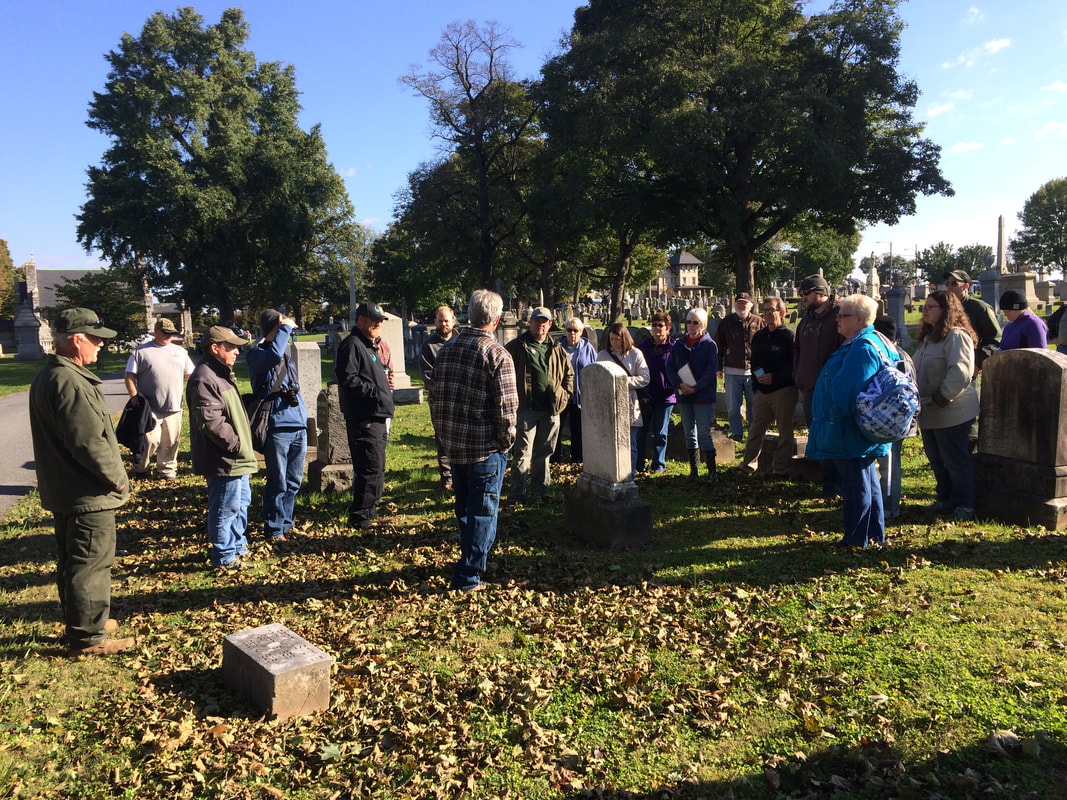



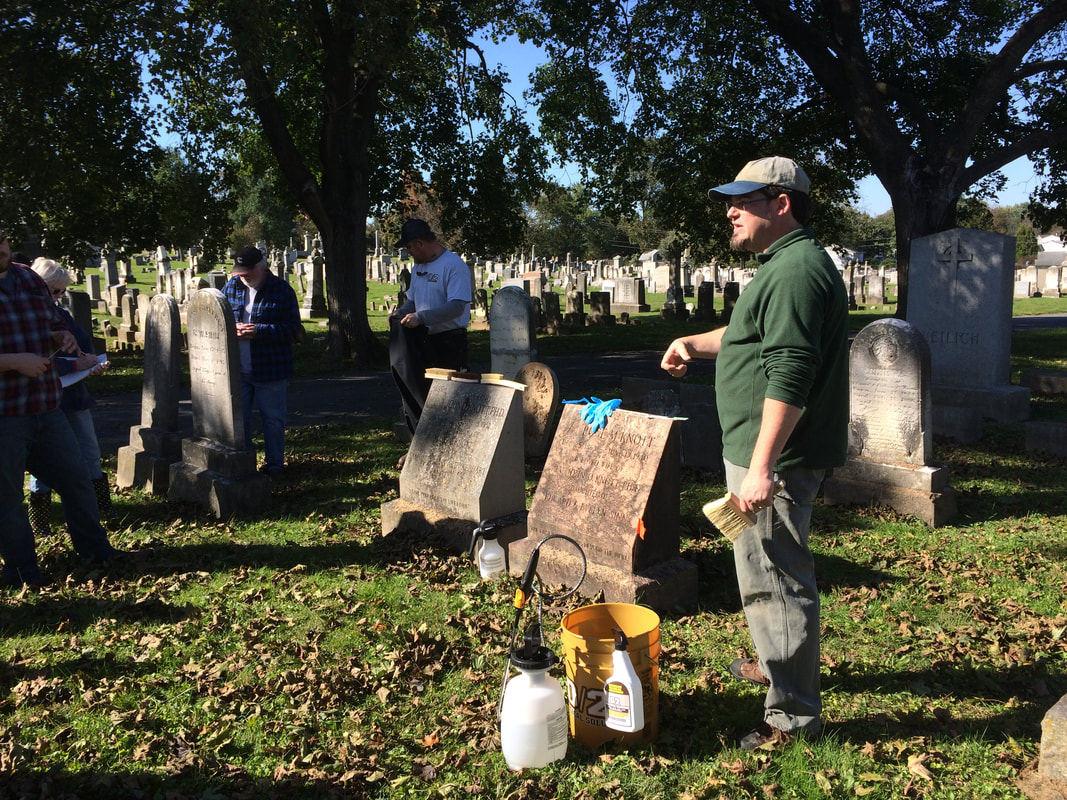








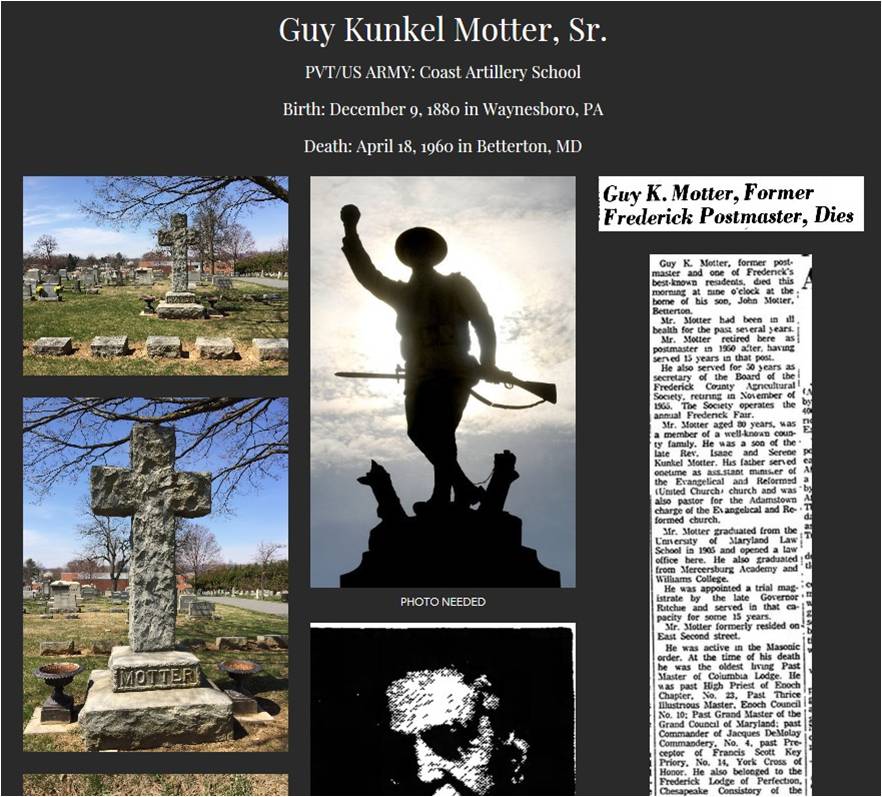
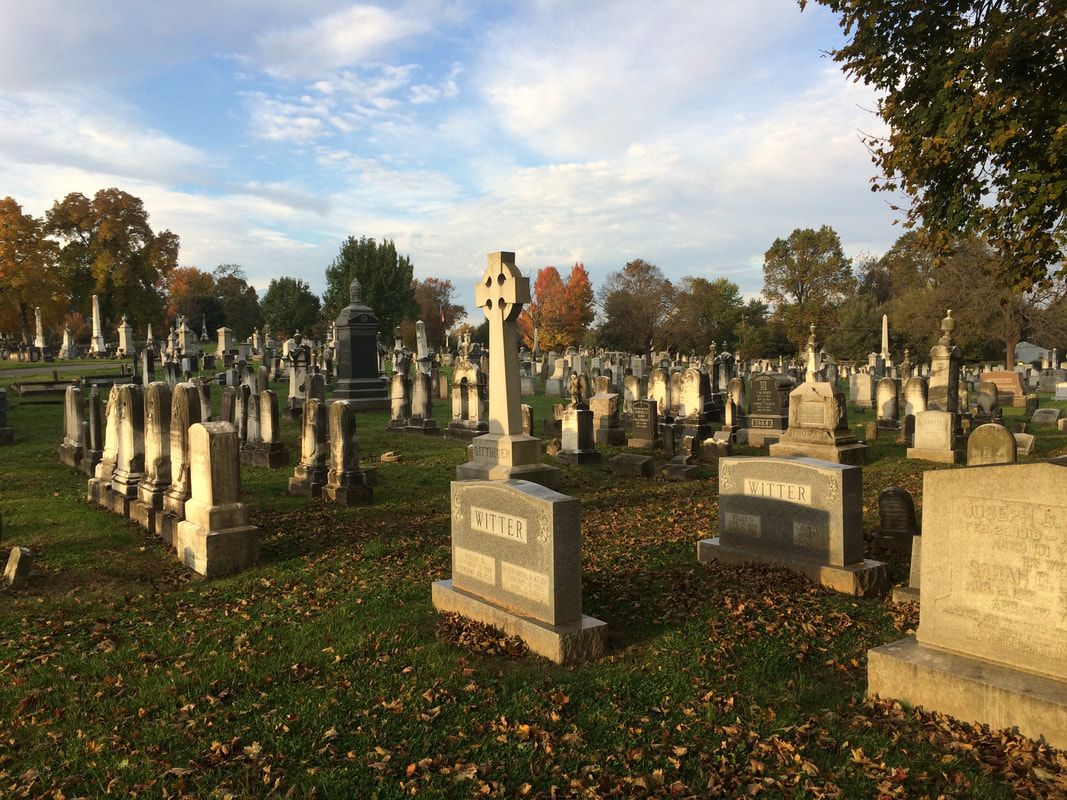




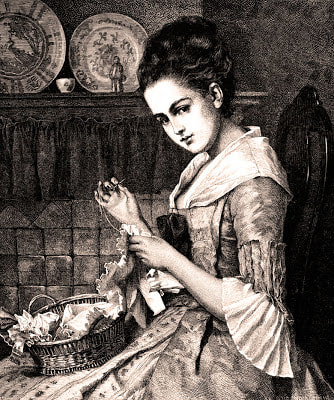




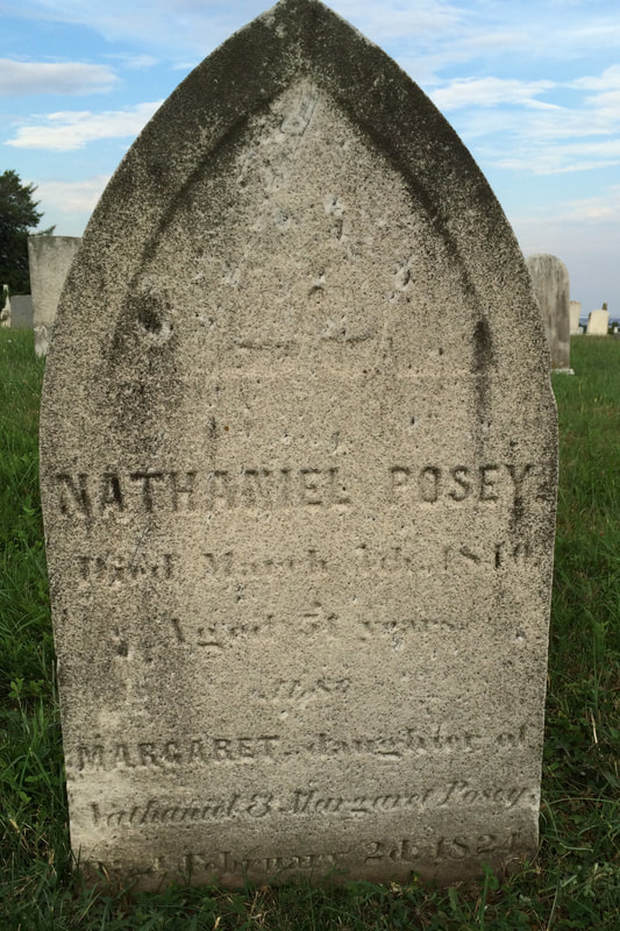




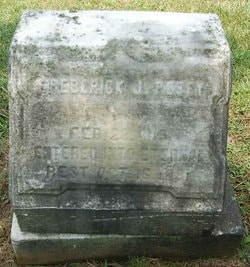



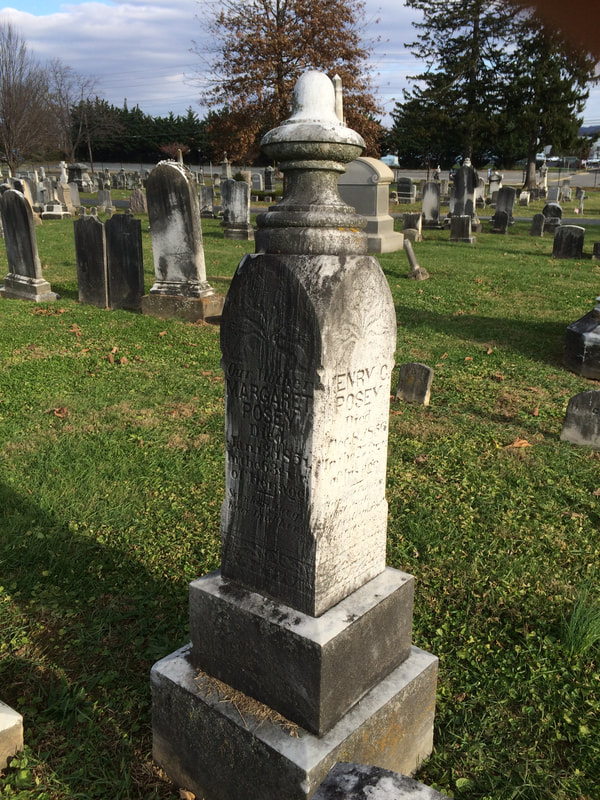







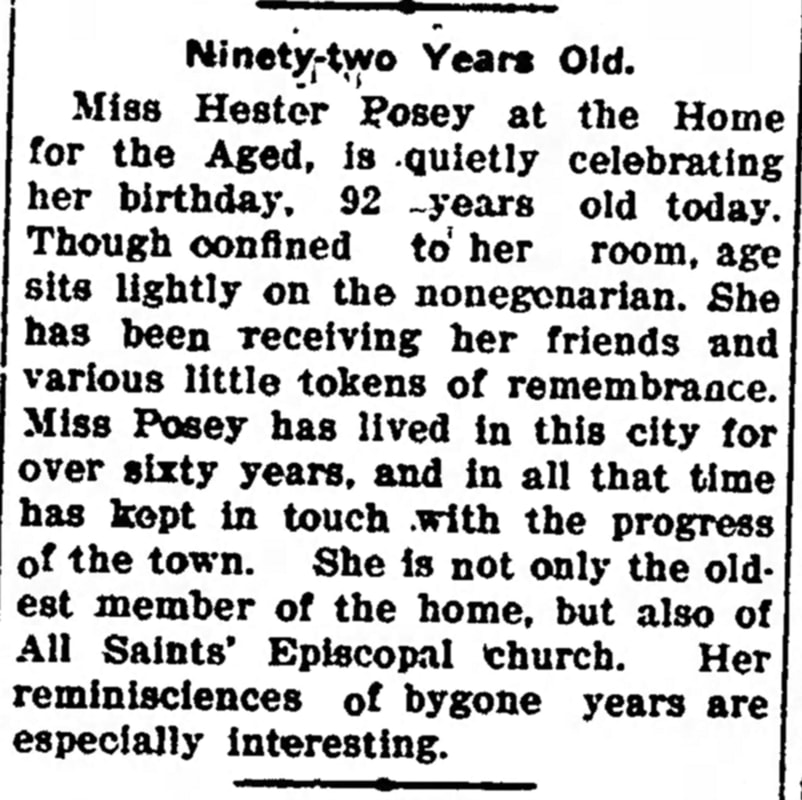


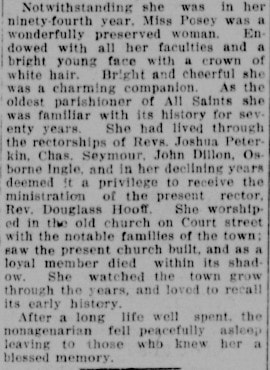



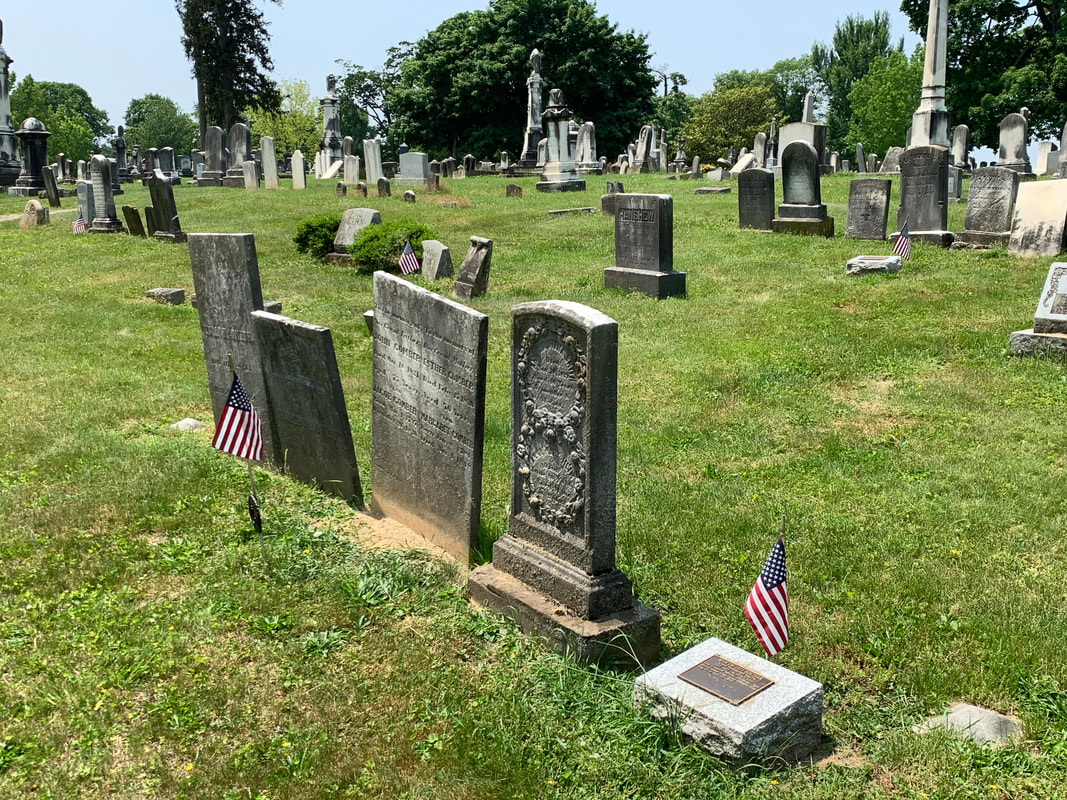





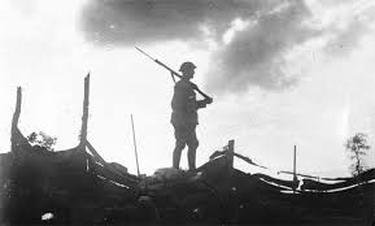


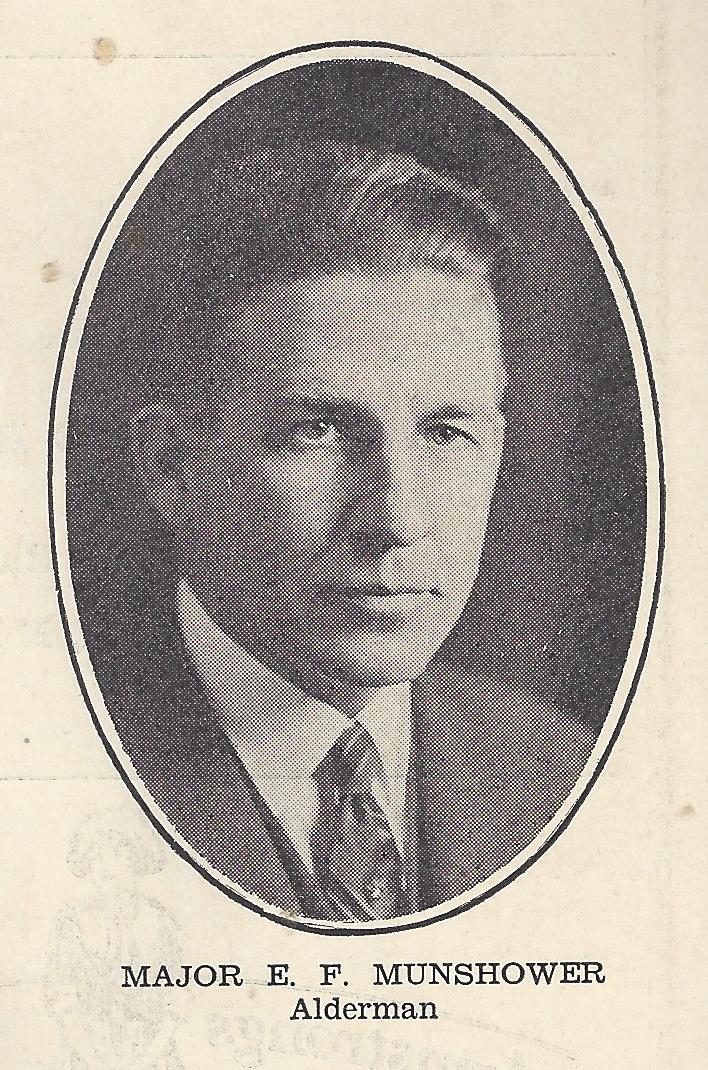

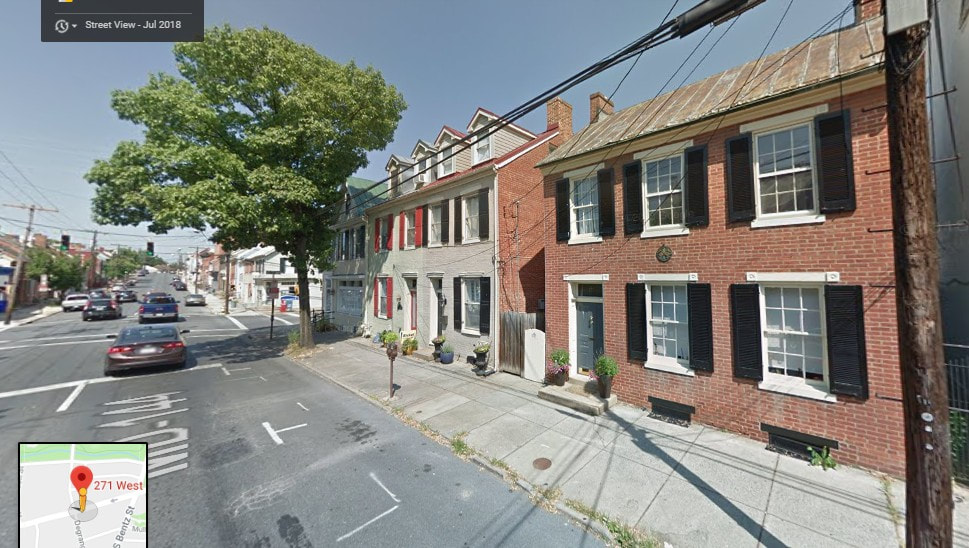


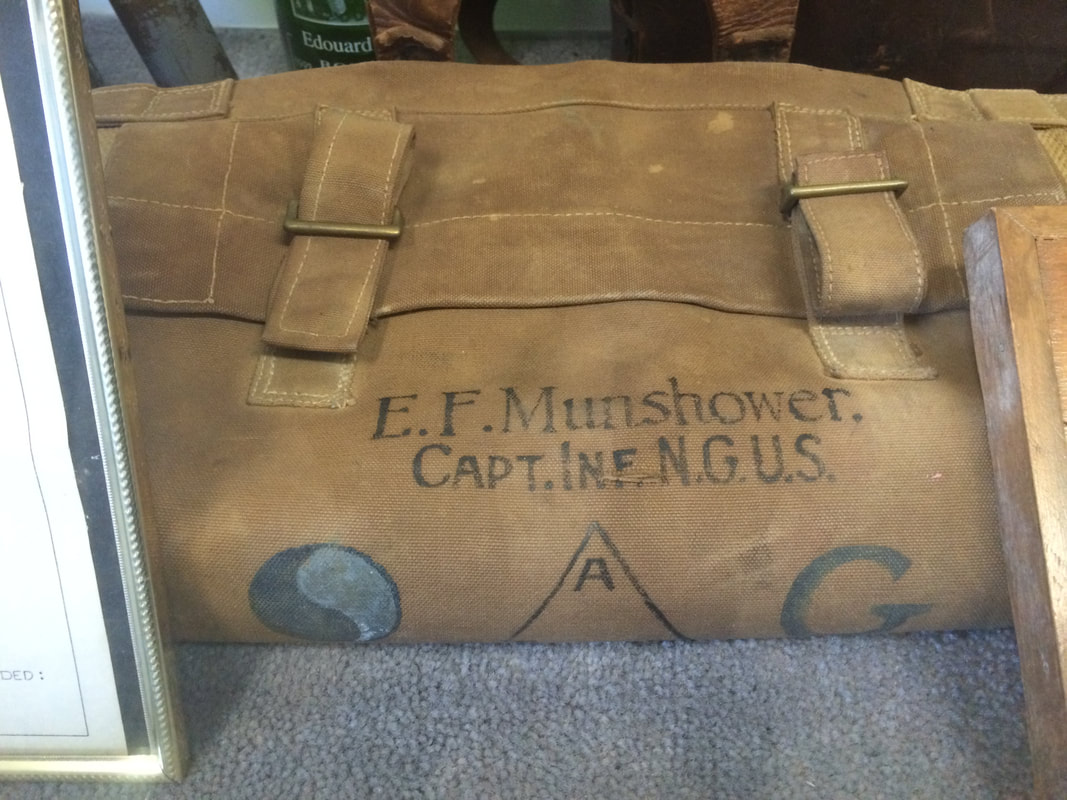


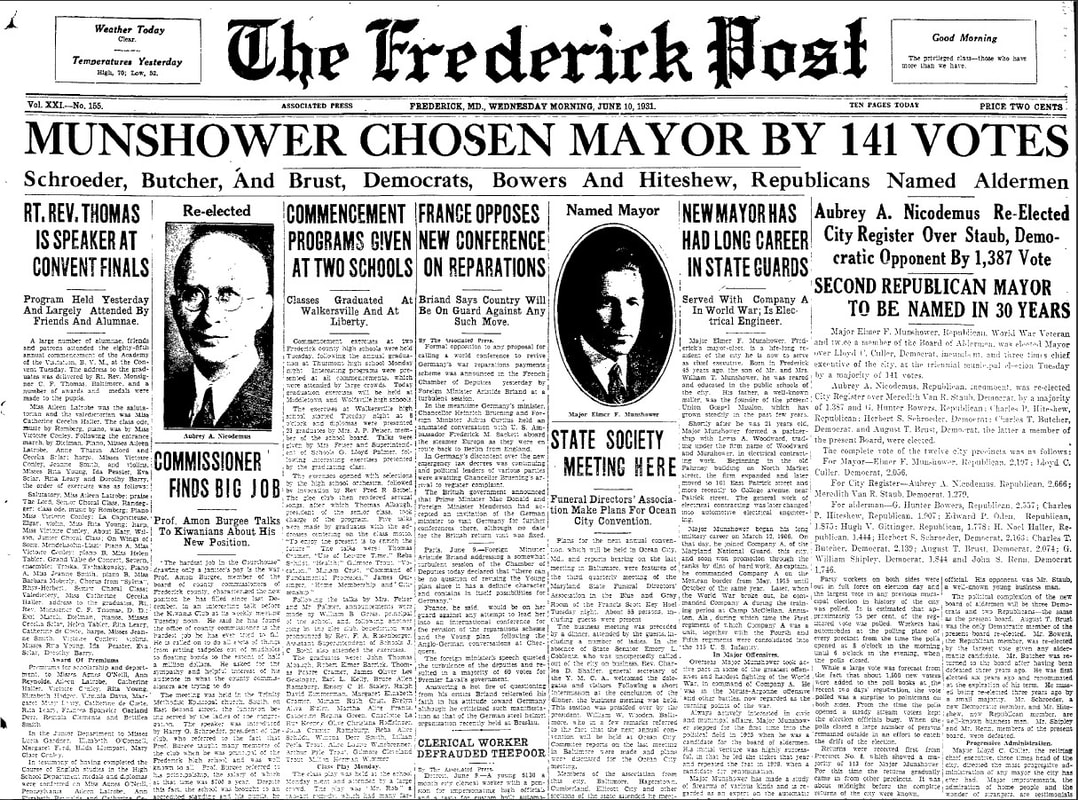
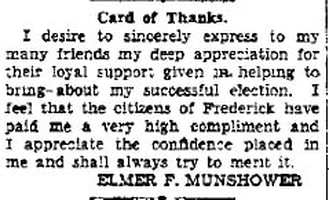



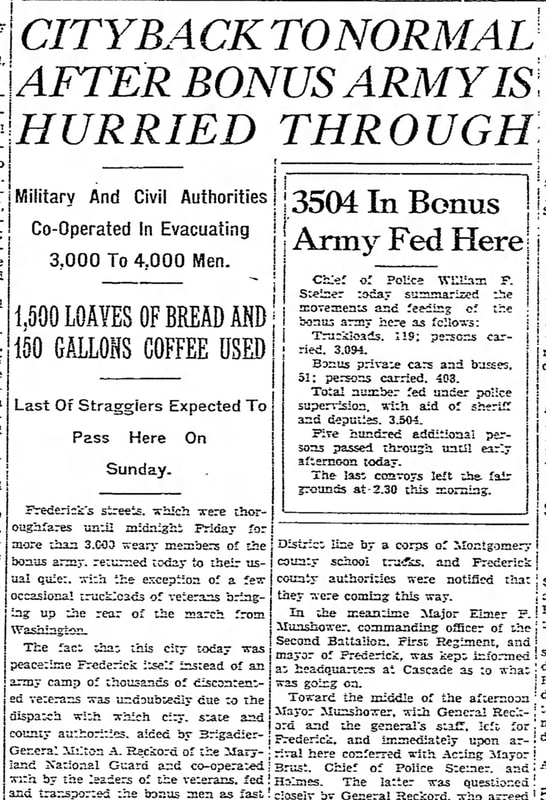








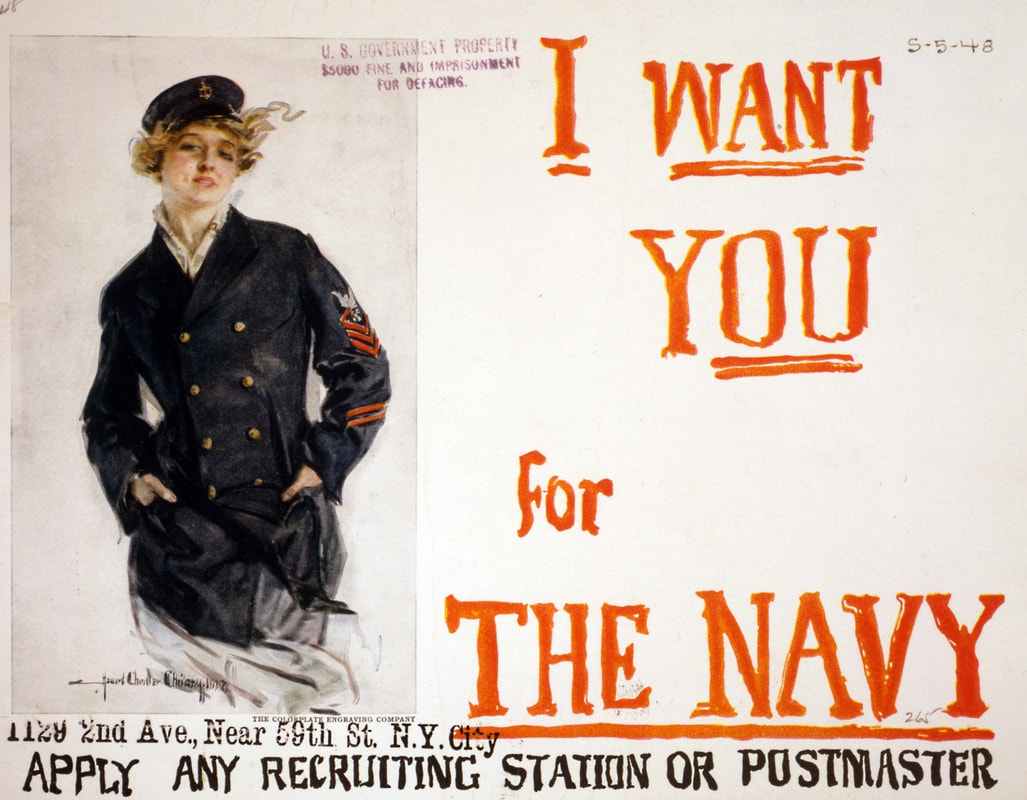

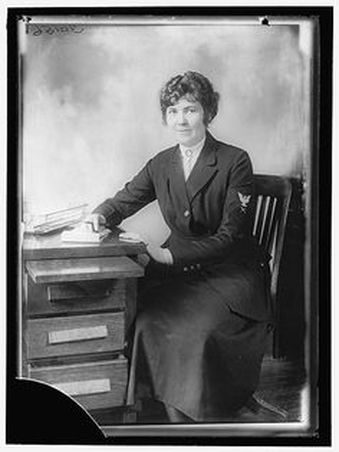








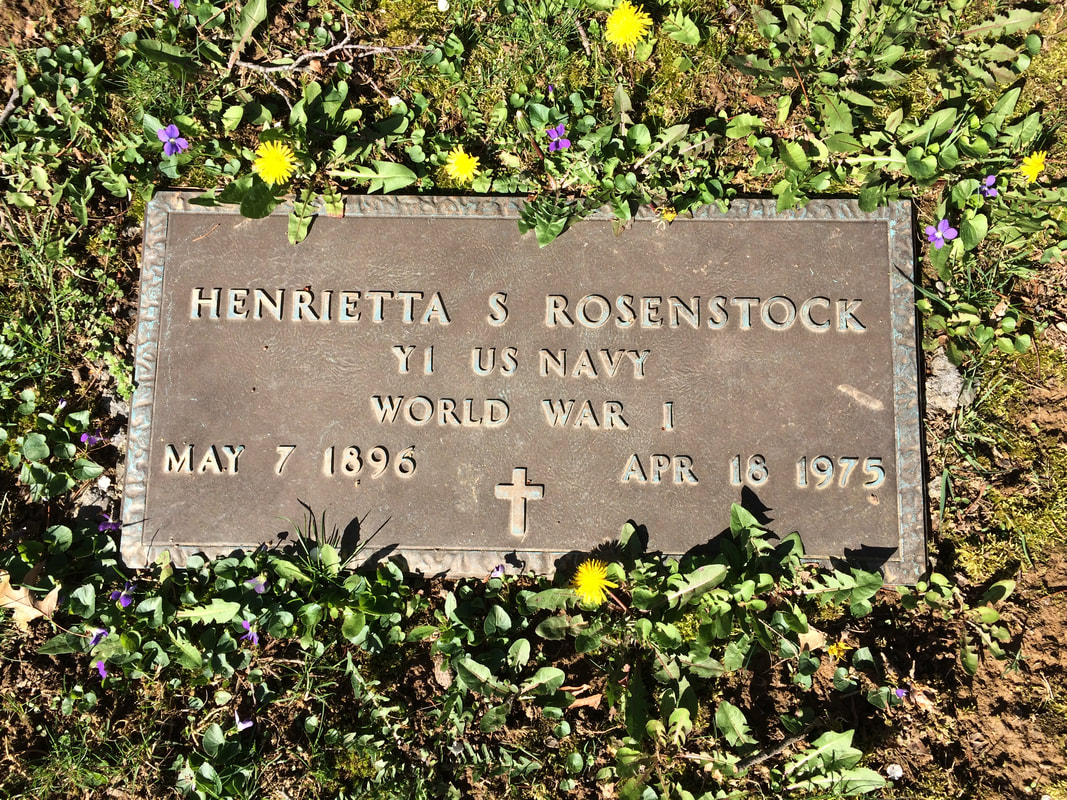


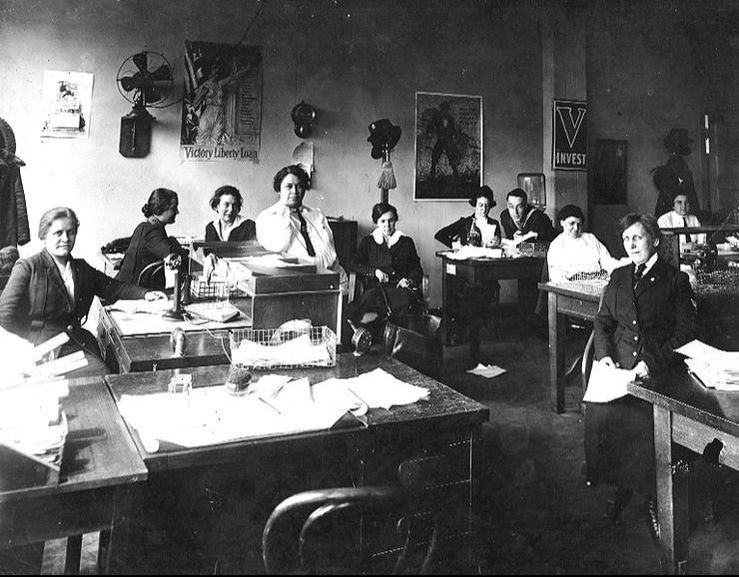
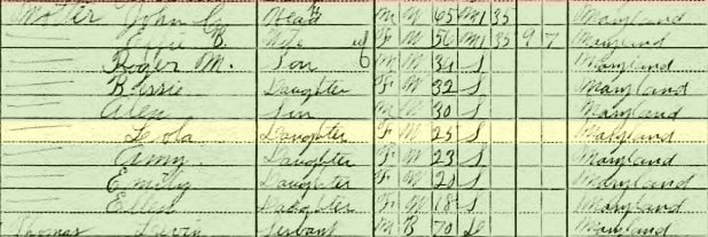







 RSS Feed
RSS Feed